.jpg)
Early equipment for low-lying areas
Dien Ban Tay Commune is surrounded by Thu Bon River to the south and Binh Phuoc River (Yen River) to the north; internally there are branches of rivers such as Binh Long and La Tho. The recent floods caused the river water level to rise rapidly, causing the entire area to be deeply flooded, in some places more than 4m deep. Many residential areas were completely isolated; about 10,450 households were flooded (more than 95%).
Specific and detailed response plans were developed and adjusted to suit the actual situation, but commune leaders frankly admitted that directing response amid unusual weather conditions encountered many difficulties.
Mr. Vo Nhu Phong, Chairman of Dien Ban Tay Commune People's Committee shared that the commune's area is large, all roads are deeply flooded, the water flows strongly but the locality does not have the means to ensure access to isolated residential areas. The shock teams in the village maintain on-duty and rescue activities, but many people have not been equipped with the knowledge, skills and necessary means to handle and rescue when situations arise.
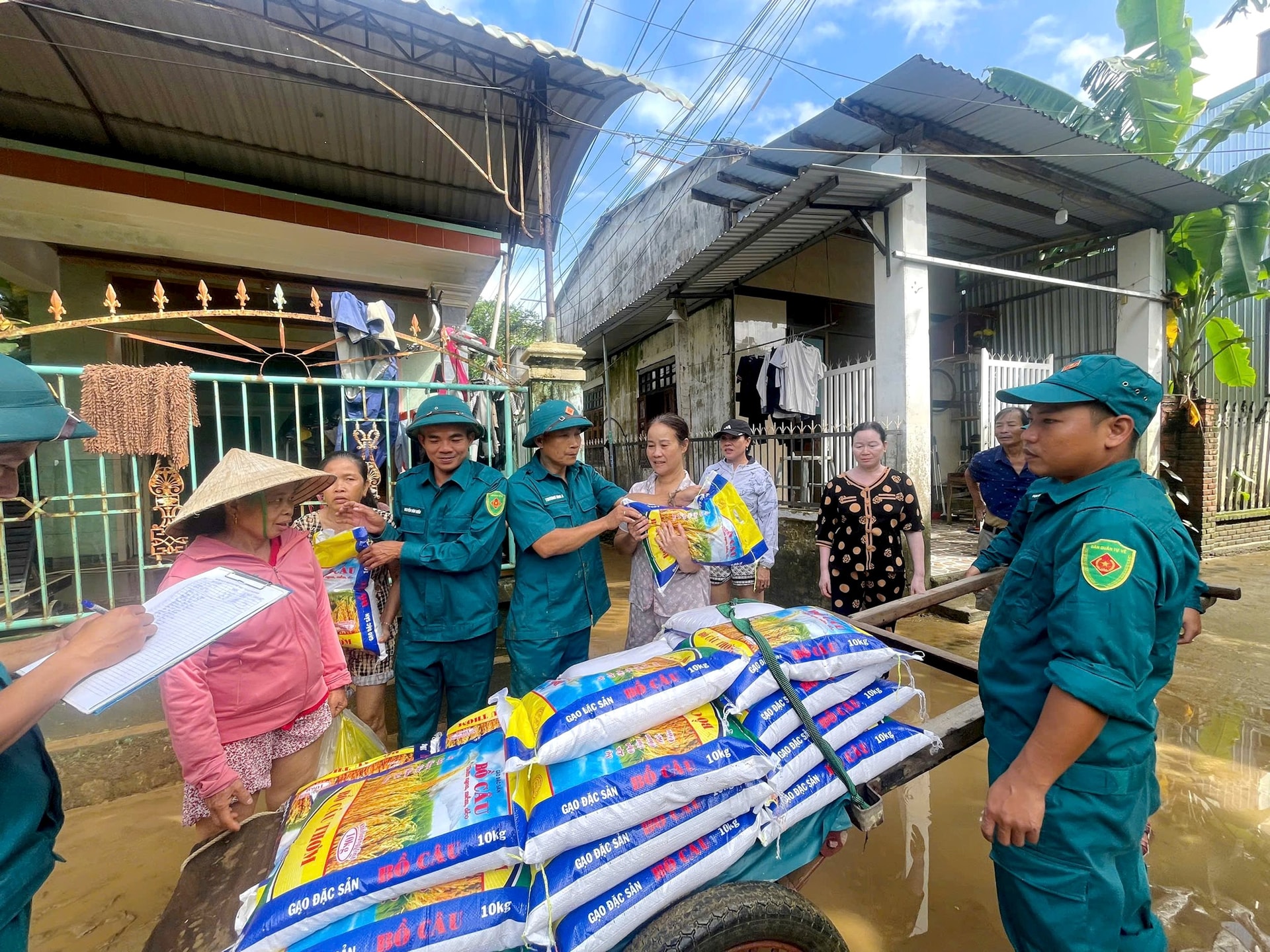
Khanh Binh village (Que Phuoc commune) has 322 households located near rivers and streams, so they often suffer damage from floods. Mr. Nguyen Ngoc Vinh Toan, Head of the village People's Committee, said that during the recent flood, 240 houses in the village were flooded (180 houses were flooded more than 1 meter deep). The village mobilized youth volunteers, militia, and security teams to help evacuate the elderly and children, raise property, reinforce houses, and patrol security. Here, they mainly use bamboo boats (household boats) to evacuate isolated people, transport food, and clean up fallen trees after the flood.
Many communes along the Vu Gia and Thu Bon rivers said that during the recent floods, the communication systems of network operators were unstable, with weak and intermittent signals, causing great obstacles to the work of command, operation, rescue and information reporting from the grassroots.
The spread of false information and posting of false SOS messages on social networks is complicated, causing public confusion and affecting the direction and coordination of rescue forces.
Mr. Truong Dinh A, Commander of the Military Command of Dai Loc Commune, said that there was a case where children living far away called their parents but could not contact them, so they worriedly asked for help on social networks. It was dark and the flood was especially big, so the authorities did not hesitate to take the risk of swimming in a boat to find the place, but found the water was still about 2.5 meters away from the attic; the parents of the people asking for help said they did not call for rescue.
Need timely support
A person who participated in the rescue in Go Noi commune said that the flood water rose high and completely cut off residential areas like recently, causing difficulties for local forces. Because in addition to rudimentary equipment, many members of the shock team were young men with no experience in rowing, so their boats could easily capsize if they encountered strong currents.

Mr. Le Phan Minh, Chairman of Vu Gia Commune People's Committee, proposed that superiors pay attention to allocating resources to purchase specialized means of transportation and communication equipment. At the same time, open training courses on canoe and motorboat driving for local forces. For their part, telecommunications units need to proactively prepare all aspects to ensure that broadcasting and communication are not interrupted.
According to Ms. Tao Thi To Diem, Chairwoman of Que Phuoc Commune People's Committee, the locality has proactively deployed natural disaster response and search and rescue work with the motto "4 on-site". However, the commune's area is large, with many rivers and streams separating it, making access and rescue difficult. The local force is still small, and equipment such as motorboats, life jackets, and walkie-talkies are lacking, most of which have to be borrowed.
Some evacuation sites have limited facilities, making logistics difficult when the rain and floods last for a long time. “Que Phuoc hopes to receive support with rescue equipment; to soon build safe residential areas for households at high risk of landslides; and to provide training to improve disaster response capacity for grassroots forces,” Ms. Diem suggested.
After the particularly large flood, in early November, Mr. Le Do Tuan Khuong, Chairman of Dai Loc Commune People's Committee, decided to allocate resources to buy walkie-talkies and portable loudspeakers for 33 villages in the area to serve the task. In addition, the commune also provided additional life jackets, specialized raincoats, and flashlights. However, in the long term, the locality needs to be equipped by superiors and related sectors with means, especially canoes and motorboats, and open driver training classes to serve the rescue work in flood-prone areas like Dai Loc in a timely and safe manner.
Mr. Phan Trung Phi, Chairman of the People's Committee of Thuong Duc Commune, said that the commune requested Da Nang City to pay attention and support 4 canoes and motorboats. The city's Military Command arranged a permanent force in the commune before, during and after the natural disaster to support response and search and rescue work because during the flood season, Thuong Duc area was almost completely isolated, while the number of people on duty was too thin.
The competent authority needs to urgently review and check the suitability of the Vu Gia and Thu Bon reservoir operation process (Decision No. 1865, dated December 23, 2019 of the Prime Minister) to propose adjustments in accordance with the practical situation. In reality, despite the heavy rain, the hydropower reservoirs overflowed in a short period of time, not ensuring the ability to operate to reduce floods for the downstream area.
Source: https://baodanang.vn/khac-phuc-han-che-trong-cong-tac-cuu-ho-3310517.html


![[Photo] Lam Dong: Panoramic view of Lien Khuong waterfall rolling like never before](/_next/image?url=https%3A%2F%2Fvphoto.vietnam.vn%2Fthumb%2F1200x675%2Fvietnam%2Fresource%2FIMAGE%2F2025%2F11%2F20%2F1763633331783_lk7-jpg.webp&w=3840&q=75)



![[Photo] President Luong Cuong receives President of the Senate of the Czech Republic Milos Vystrcil](/_next/image?url=https%3A%2F%2Fvphoto.vietnam.vn%2Fthumb%2F1200x675%2Fvietnam%2Fresource%2FIMAGE%2F2025%2F11%2F20%2F1763629737266_ndo_br_1-jpg.webp&w=3840&q=75)
![[Photo] National Assembly Chairman Tran Thanh Man holds talks with South Korean National Assembly Chairman Woo Won Shik](/_next/image?url=https%3A%2F%2Fvphoto.vietnam.vn%2Fthumb%2F1200x675%2Fvietnam%2Fresource%2FIMAGE%2F2025%2F11%2F20%2F1763629724919_hq-5175-jpg.webp&w=3840&q=75)


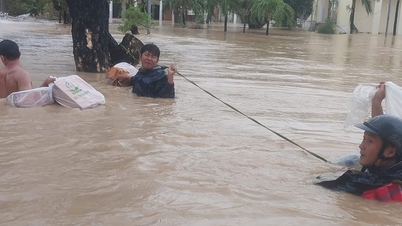

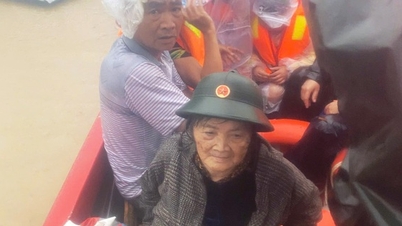

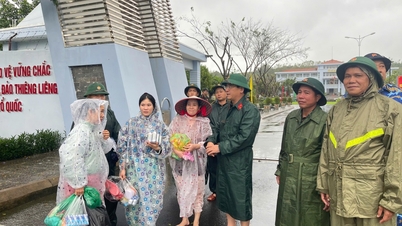

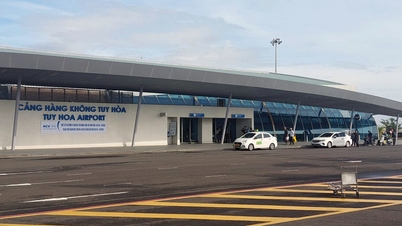
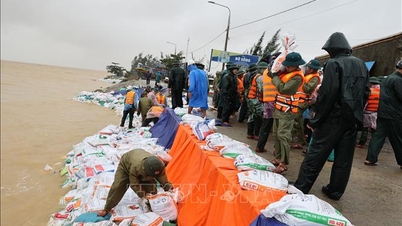
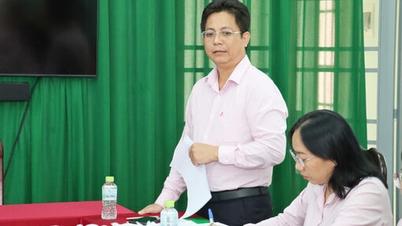


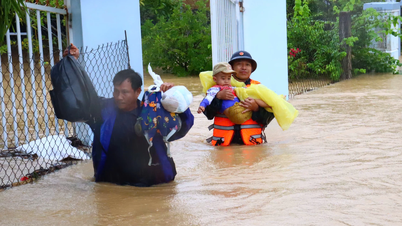









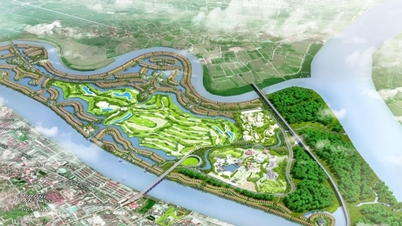
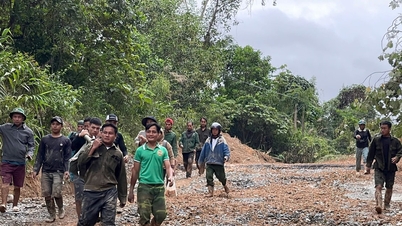

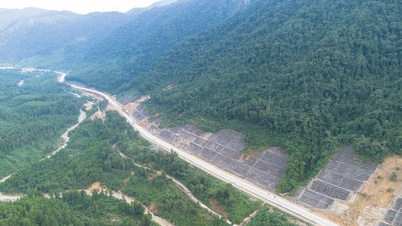

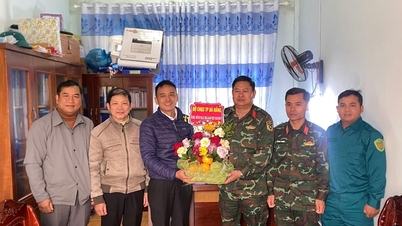





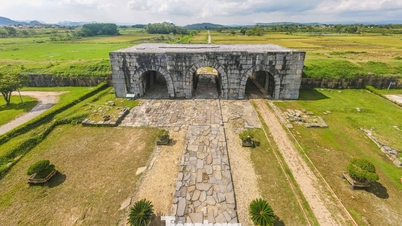

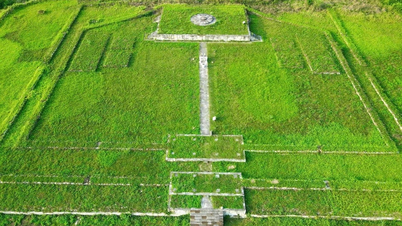









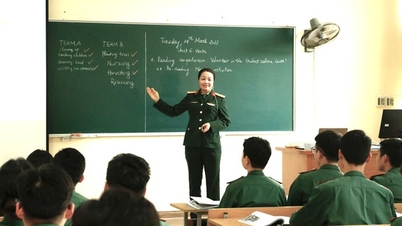






















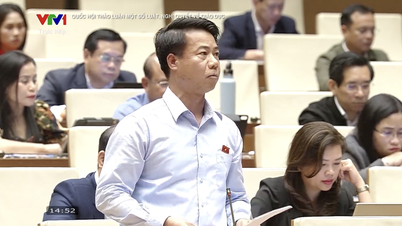



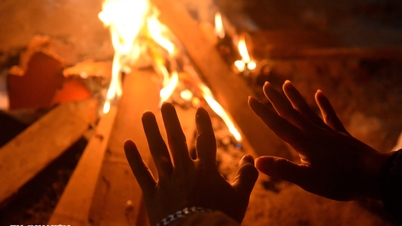




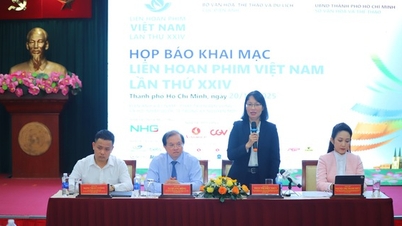


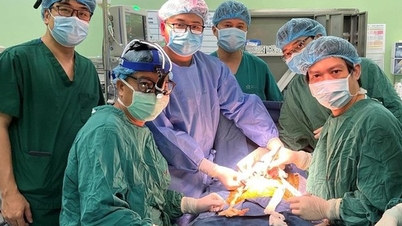

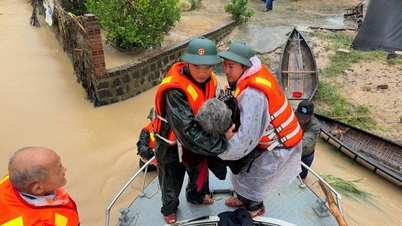
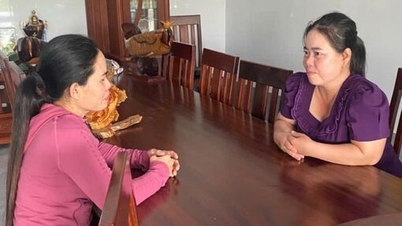
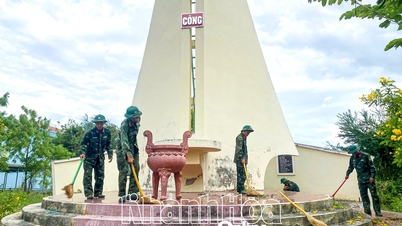
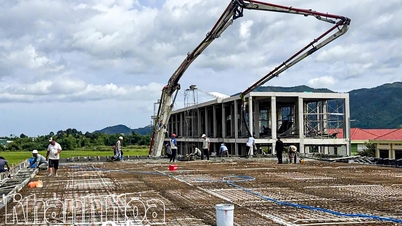














Comment (0)